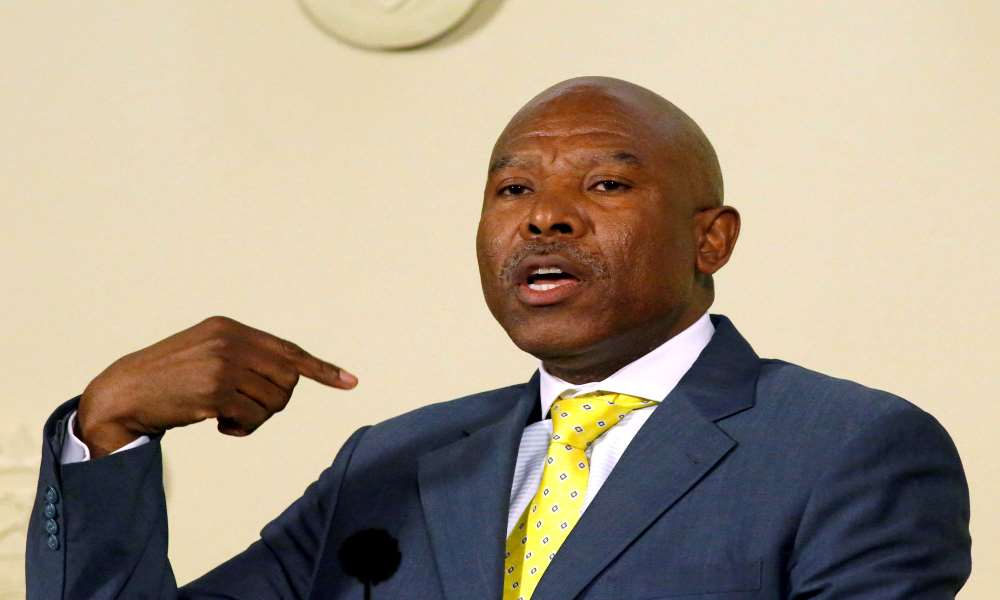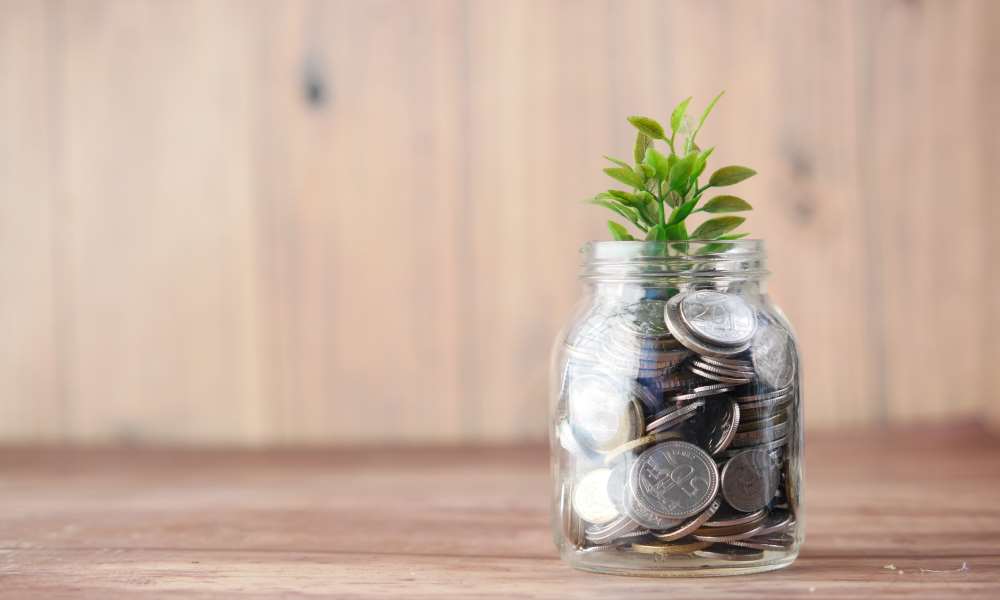Interest rate hike looming for economic agents
SARB raised the repo rate to 7.5%
The first monetary policy announcement for the year by the Bank of Namibia is expected to take place on 15 February.
Local economic agents can expect an interest rate hike in the coming weeks, following the South African Reserve Bank’s (SARB’s) decision to raise the repo rate by 50 basis points from to 7% to 7.5%.An aggressive decision was expected as Fin24 recently reported that South African inflation expectations rose for the next two years. Average inflation expectations for the year increased to 6.1% in the fourth quarter of 2022. The South African Reserve Bank’s monetary policy committee targets price growth in a band of 3% to 6% and prefers to anchor expectations close to the midpoint of that range.
Annual consumer price inflation in South Africa cooled to 7.2% in December, down from 7.4% in November and 7.6% in October.
Last year, SARB increased the repo rate by 325 (3.25%) basis points, while the Bank of Namibia (BoN) hiked by 300 (3.0%) basis points. At the last monetary announcement in 2022, SARB hiked by 75 basis points, while BoN only raised the repo rate by 50 basis points. The repo rate in Namibia currently stands at 6.75%, and the prime lending rate at 10.5%.
According to the Namibia Statistics Agency (NSA), December 2022 recorded an annual inflation rate of 6.9%, an increase of 2.4 percentage points when compared to 4.5% registered in December 2021. In November 2022, annual inflation stood at 7%. Annual inflation in Namibia averaged 6.1% in 2022, compared to an average of 3.6% recorded in 2021. The Bank of Namibia does not target inflation.
According to IJG Securities, recent below-expectation inflation numbers coupled with lower fuel prices and moderating food prices should all provide the SARB, and by extension the BoN scope to slow the pace of rate hikes.
In addition, PSG noted that “due to the necessity of keeping pace with South African interest rate movements, because of the Namibian dollar's one-to-one peg with the rand, we expect the central bank to raise the repo rate by 50 basis points to 7.25% in the first quarter of 2023 and, thereafter, to keep rates stable until end-2023.”
Capital outflow
At the previous monetary policy announcement, central bank governor Johannes !Gawaxab said he was not concerned about capital outflow as the prime lending rates were on par at 10.5% in Namibia and South Africa.
He further stated that international reserves were sufficient to cover Namibia’s international financial obligations.
Recent trade statistics released by NSA revealed that Namibia did not record any trade surplus over the period January 2022 to November 2022, with the trade deficit averaging N$2.6 billion.
According to Simonis Storm, the continuous outflow of capital as Namibia records consistent trade deficits could weigh on foreign currency reserves and so the ability to maintain the currency peg. Especially since the main factor boosting reserves in 2021 were loans received from the International Monetary Fund (IMF) and African Development Bank. This might prompt Bank of Namibia to equalise their repo rate to that in South Africa later in the year in order to maintain a healthy import cover level and avoid a deterioration in the balance of payments, Simonis Storm said. The first monetary policy announcement for the year by the Bank of Namibia is expected to take place on 15 February.-phillep@nmh.com.na






Comments
My Zone
No comments have been left on this article